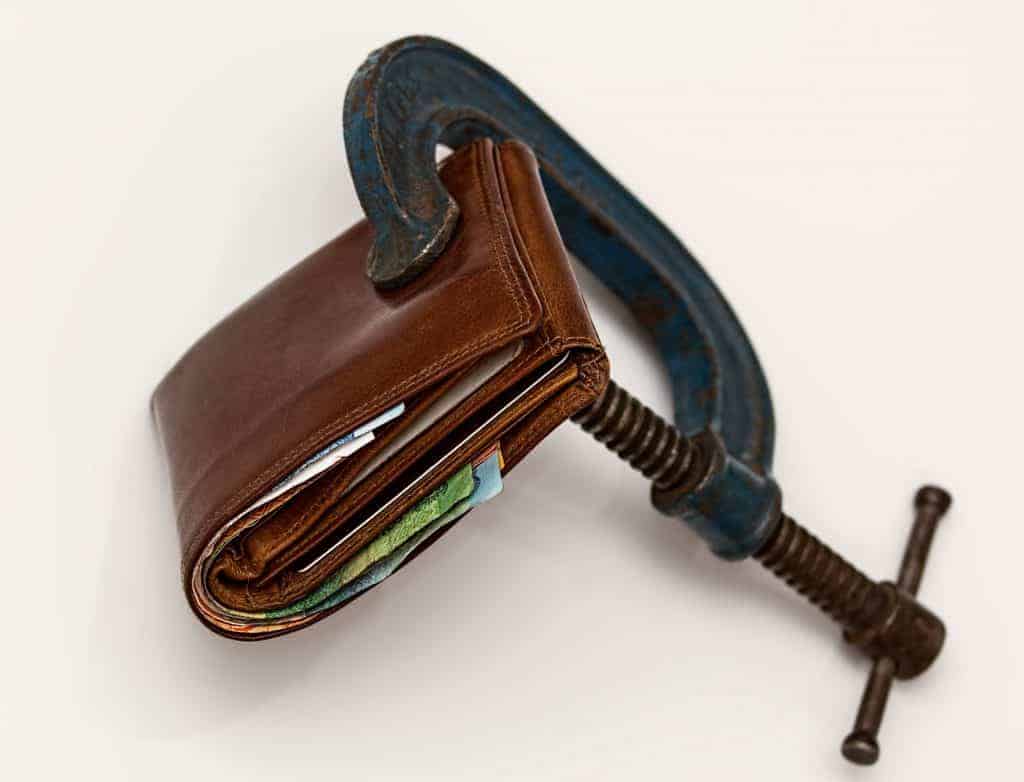Public offers of NCDs (Non-Convertible Debentures) from Non-Banking Finance Companies and Housing Finance Companies have been quite a hit with retail investors lately, with the lure of double-digit returns for investors willing to lock in for 5 to 10 years. But with DHFL defaulting on its NCD dues and now proposing that investors forego their interest payments and hang on for the next ten years, there’s need for a rethink on how one must evaluate NCDs. Here are six things you must know before you sign up for NCDs.

They’re riskier than FDs
If you’re a fixed income investor, you’ve probably noticed that NCDs often offer higher interest rates than fixed deposits from the same company. That’s mainly because NCDs are typically riskier investments than fixed deposits.
RBI is quite reluctant to allow any non-bank entity to accept public deposits. Therefore, only NBFCs specifically registered with RBI as ‘deposit-taking’ NBFCs or HFCs similarly registered with National Housing Bank can accept fixed deposits. An investment grade credit rating is a must for any NBFC accepting fixed deposits. Even then, the deposits it can raise are capped at 1.5 times its net owned funds. Deposits must be for 1 to 5 years and cannot offer interest rates higher than 12.5 per cent. Auditors must regularly certify a non-bank’s ability to repay public deposits.
NCD issues by NBFCs, being capital market instruments, don’t face net worth or interest rate restrictions and are regulated by SEBI. NCD issuers, who can be non-investment grade, need to merely disclose their credit ratings. NBFCs or Housing Finance Companies who are not authorised by RBI to accept fixed deposits, often make public issues of high yielding NCDs to fund their requirements. For instance, SREI Infrastructure Finance, Kosamattam Finance, Muthoot Finance and JM Financial, regular NCD issuers, do not have an RBI registration for accepting public deposits.
You as an investor are expected to pore over the NCD issue prospectus to gauge the risks attached to the issue. NCD issuers offer a shelf prospectus that contains company details, financials and risk factors, and a tranche prospectus that discloses the interest rates, maturity dates, utilization of proceeds and collateral of the specific offer.
Ratings can change
While choosing NCDs, retail investors are often drawn to those with the highest interest rates. But in debt markets, high interest rates come with large dollops of default risk.
Credit ratings assigned by rating agencies are supposed to help investors gauge the extent of default risk. Usually, NCDs rated A to AAA (single A to AAA) are considered investment grade (low default risk), while those rated BBB or below carry moderate to high levels of default risk. But recent events have proved that high ratings are not fool-proof. Ratings in some cases, can go from investment grade to default grade in a matter of days.
While investing in NCDs, therefore, you need to be aware that the credit rating at the time of public issue is not cast in stone and may change dramatically at any time during your holding period.
Tenor carries risks
Many NCD issuers try and lure investors to their 10-year plus options by offering higher interest rates on them compared to shorter term options. But long-tenor NCDs are far riskier than short-tenor ones on two counts. One, they are likely to carry higher credit risks given that there can be drastic changes in business or industry cycles that change a company’s financial position over the long term. Two, you also have to budget for rate risks, should market interest rates rise after your investment and you want to switch to a higher yielding investment, you may be forced to sell out at a discount to face value.
Secured or unsecured
When a company or NBFC issues an NCD, it may or not be backed by collateral. A secured NCD allows collateral to be liquidated for repayments if the company defaults. But the nature of the collateral matters. A first charge on the company’s assets or senior debt that ranks pari passu with other creditors means that your rights on the NCD get priority over or at least match with other creditors. But an NCD backed by second charge, or subordinated debt, means that many other creditors will be ahead of you in the line, when it comes to filing claims on the issuer.
There’s fine print
Some issuers offering NCDs introduce put or call options in the fine print in their prospectus, that may lead to a shorter investment period than you planned for. A call option allows the company to prematurely redeem the NCD and a put option similarly allows you to make an early exit from the bond.
Taxation
Many investors who prefer NCDs over FDs are under the mistaken impression that their interest receipts from NCDs are not taxed, unlike those from bank FDs. While NCDs held in demat mode do not suffer TDS, they are taxable at your income tax slab rate. While no TDS is charged, you are expected to declare and pay tax on the interest earned from NCDs in your annual returns.
Please note that with effect from April 1, 2023, interest on NCDs will attract TDS of 10%.
